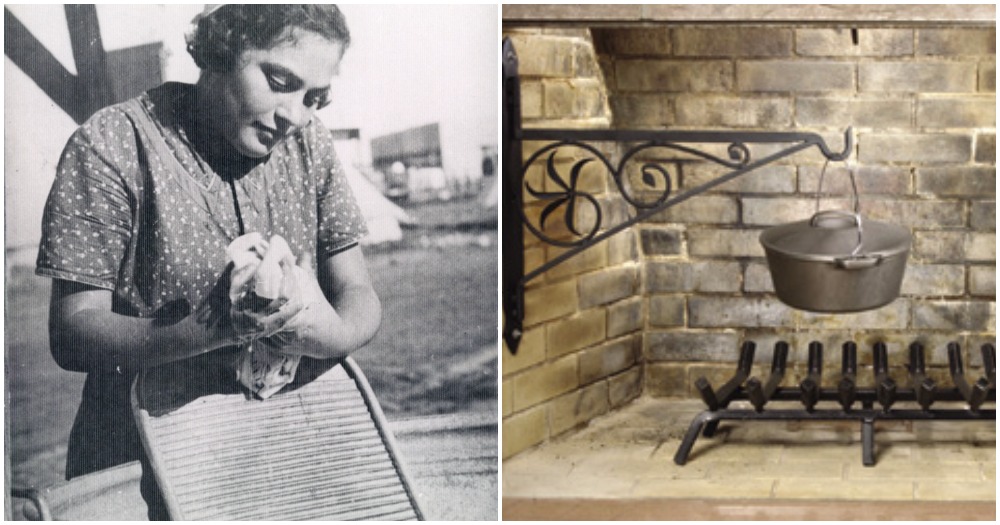
7. Kerosene clothes iron
People started ironing their clothes long before the electric clothes iron was invented. In colonial America and the pioneering days, the most common clothes iron was the cast iron, which was literally made of cast iron. The iron was placed on a wood stove for heating, and the mass of metal held the heat for ironing.
The cast iron was ultimately replaced by the kerosene iron. This had a small fuel tank and an internal burner, making it totally self-contained. The tank would be filled with kerosene and the burner lit. Within a few minutes, the iron would be producing enough heat to iron your clothes. While nowhere near as convenient as a modern electric iron, this was a vast improvement over the cast iron.
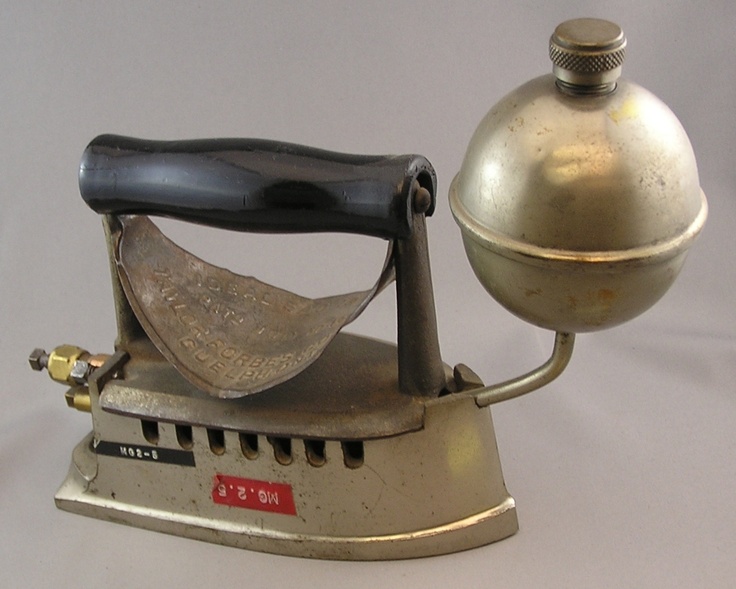
8. Meat grinder
The meat grinder wasn’t something that would be found in all homes, but it was fairly common in farmhouses and butcher shops. At that time, grinding meat for hamburgers wasn’t all that common. Instead, meat grinders were used for grinding meat to make sausage. Usually, the meat grinder would be able to be used to stuff the sausage into the skins as well.
This was an important means of preserving meat, as all types of sausage and lunchmeats fall into the category of “cured” meats. The high salt content was the main curing methodology, as salt is a natural preservative. Much of this cured meat was also smoked, forming a skin of collagen around it, which would keep bacteria out.
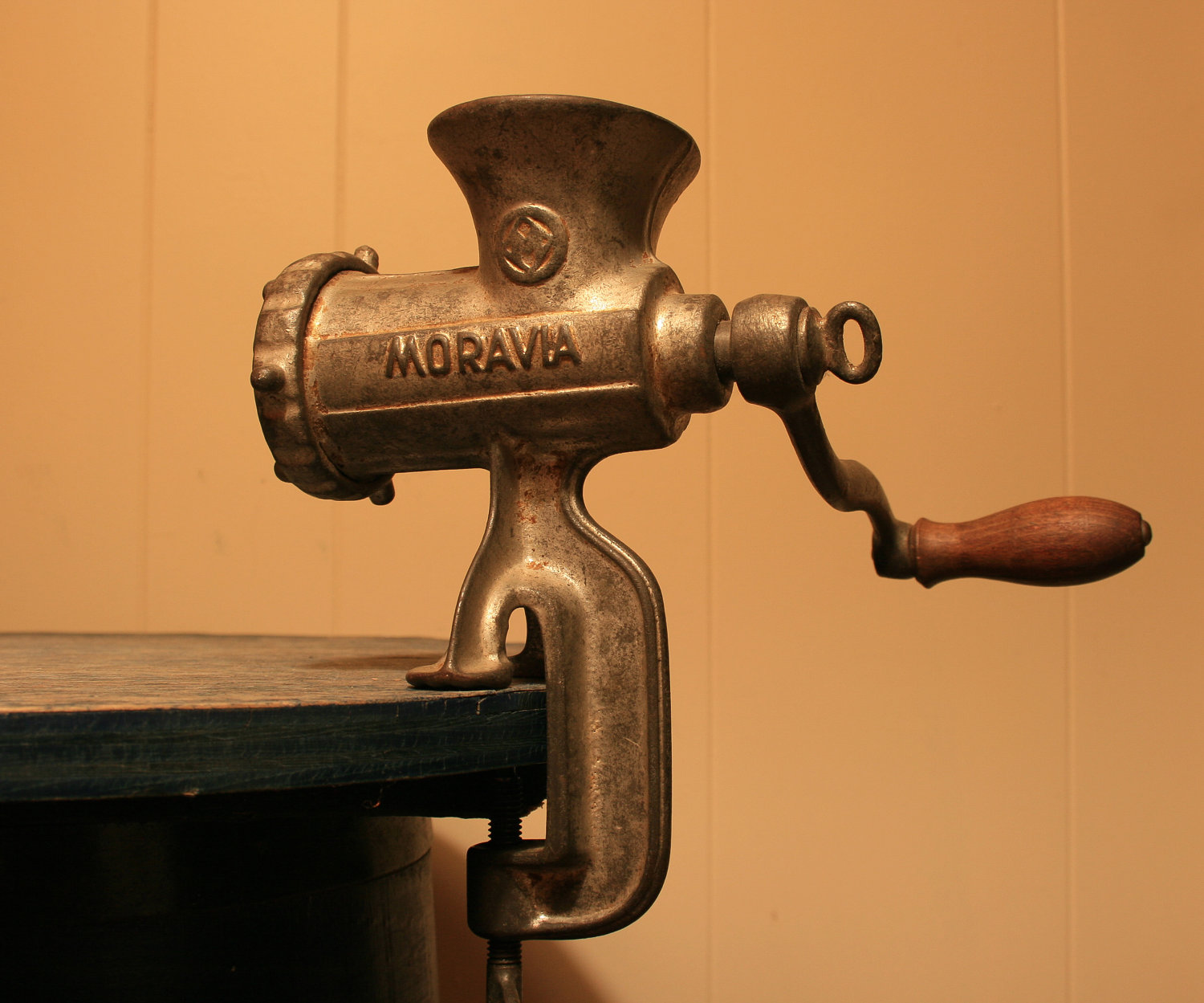
9. Meat hammer
You can still find meat hammers in use in kitchens today, although many people have no idea of what they are. The meat hammer is the original meat tenderizer, predating MSG by centuries. Not only does it predate MSG, but it’s much better for your health. The pointed surface of the meat hammer was used for breaking down tough meat, by breaking its structure. This made the meat much easier to chew and digest.
Game meat is generally considerably tougher than domesticated meats. If you are planning on eating game meat as part of your survival plans, then having a meat hammer on hand is going to make your meals much more enjoyable.
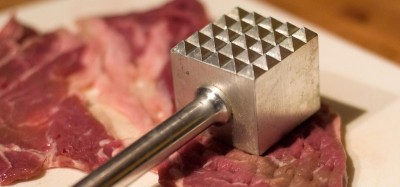
10. Apple peeler/corer
People who have apple orchards or even a single large apple tree need to be able to make use of their apples. In olden times, apples were squeezed for cider, dried as apple rings, turned into applesauce and made into apple butter. Some of these products required peeling and coring the apples, as these parts were not wanted. The job could be done by hand, but if you had a lot of apples to deal with, a peeler/corer was much easier.
This is a hand-crank device, which worked similar to a wood lathe. The blade would peel off the skin as the crank was turned. The core was easier, as putting the apple on the appliance actually meant pushing it onto the corer. A twist as the apple was removed, and the core stayed behind.
The same tool could be used for peeling potatoes, so it was useful in more than one way, although it was still referred to as an apple peeler.
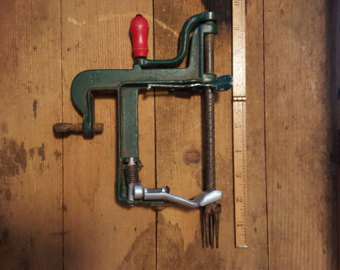
11. Dutch oven
People who didn’t have that fancy wood-burning cook stove we talked about earlier still needed a means to bake. Pies, cakes, and bread were all popular parts of their diets. But these require an oven. That’s where the Dutch oven comes in.
The Dutch oven of our grandparents day was different than most of what you buy today. What we call a Dutch oven now is nothing more than a medium-sized pot. It can’t be used in a fireplace well, and if it is, it will not last long. But these older Dutch Ovens were made of cast iron, making them much more durable and much better at resisting the damage of the fire.
A true Dutch oven will have feet cast into it, allowing it to be placed in the coals of the fire and still stand upright. The lid will have a rim on it as well so that coals can be piled on top, without falling off. In this manner, the food inside is surrounded by heat, something necessary for baking.
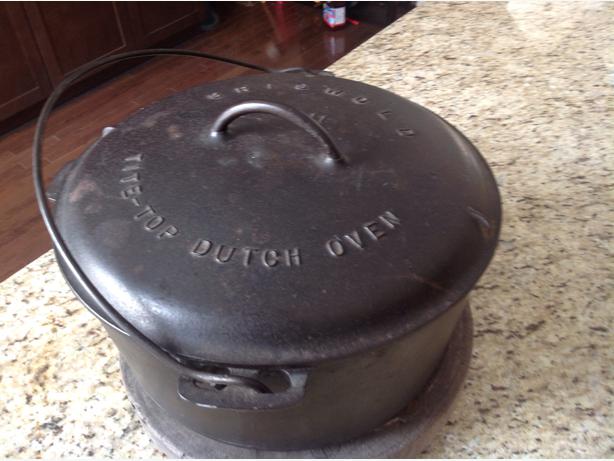
Credits: offthegridnews.com
Share this story on Facebook with your friends.
